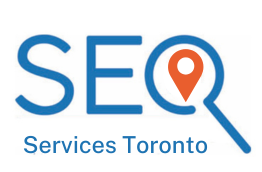In my last blog post I introduced you to my philosophy on search and the SEO Best Practices I have been developing over the last 14 years as a search marketing practitioner. In this the second in the series we will begin examining these SEO Best Practices.
The first best practice deals with having a single theme per page.
Each page should have one theme consistent throughout the page and this should be reflected in the URL, title and description metatags. Don’t try and jam 5 or six topics onto one page, keep it simple. By splitting pages into sub topics you are capitalizing on the long tail keyword opportunity each new page opens up and are increasing your likelihood of capturing traffic further down the conversion funnel.
This practice is the foundation of good search optimization. By having a single theme for a page you are setting up the page for success in the search engines. I have been to far too many websites that attempt to cram too many subjects onto a single page. No need to be miserly, spread your content out!
Of course this doesn’t work for the home page, but you aren’t really interested in getting qualified traffic to the home page. You want to get your visitors closer to the goal of converting and this can be achieved through the use of long tail keywords. Having a single theme per page will allow you greater long tail keyword opportunity.
How would this work on a small business website? I will use the universal example of the “widget” factory. If you list all the widgets on the front page you are doing yourself and your potential customer a disservice. You can list the widgets on the front page, but be sure you use the name of the item as anchor text to the inside page. For example, for a Desktop Widget, the anchor text would say “Visit our Desktop Widget page”. The URL for the desktop widget page would be www.widgetfactory.com/desktop-widget/, the title tag would be “Desktop Widgets | Widget Factory” and the phrase Desktop Widgets would be incorporated into the beginning of the description tag and towards the end as well. Toss in an H1 tag with Desktop Widgets, incorporate other associated keyword phrases and this page will start to attract more visitors looking for Desktop Widgets.
Why? Because we left no doubt with the search engines or your visitors that the page they are on is about Desktop Widgets and Desktop Widgets only. Once you get the idea of one page one theme it all makes sense.
In the next blog post I will look at how URL structure affects SEO Best Practices.

